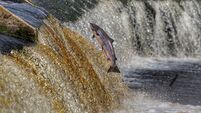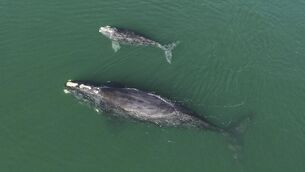Larks — nearly invisible in a sunny sky but worth listening for
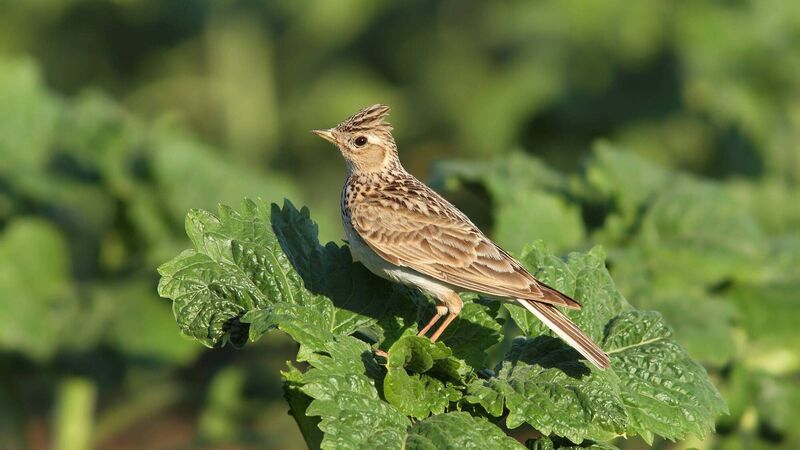
Alauda arvensis — eurasian skylark: We don’t often see skylarks, the inconspicuous colouring of their plumage helps them go unnoticed when they don’t want to be seen, but we hear skylarks often, even if we don’t realise that it's skylarks we are listening to.
With summer fully underway and spells of wonderful, sunny weather, many of us are now spending as time as possible in the outdoors. And whichever habitat we venture into, there’s always a distinctive soundtrack, a unique assemblage of sounds particular to that place. Now, during May, the dawn chorus is at its peak, and in many places, there are also birds who sing throughout the day.
The skylark is one such species — an iconic bird of open farmland, renowned as an epically impressive singer. We don’t often see skylarks, the inconspicuous colouring of their plumage helps them go unnoticed when they don’t want to be seen, but we hear skylarks often, even if we don’t realise that its skylarks we are listening to. Out walking last week along Bull Island in Dublin Bay, a friend asked me about the bird singing earnestly from above that she always hears but never sees. She was chuffed to know that these are the skylarks so famous for their singing.
Similarly, when out staying in Connemara last May, friends were impressed by this incessant soundtrack pouring down over our days, but unaware of the connection between what they were hearing and the ‘lark’ so celebrated in poetry and song. Every time I’m walking in the uplands, whether in west Cork, Connemara, or Tipperary, skylarks are right there, consistently belting out their songs from a vantage point high in the sky.
Skylarks are exceptional in that they don’t sing from a perch like most songbirds do, instead they hover in the sky, staying in the same place, singing their striking song in repeated stretches of as much as 20 minutes. We look up but can’t see the singer... they tend to hover just far enough above that not even a dot in the sky is discernible. The melodies they sing are impressive, so complex that most of it is beyond what our human ears can even discern, repeating and remixing syllables in an awesome culmination of evolutionary skill.
In spring and summer, skylarks feed on invertebrates that they find in among the sedges and wildflowers where they breed. In open coastal pasture and dune slacks, they pick small invertebrates from the low-growing grasses there. Among species-rich tussocky farmland pasture, there would typically be an abundance of grubs, beetles and grasshoppers for skylarks to feed upon.
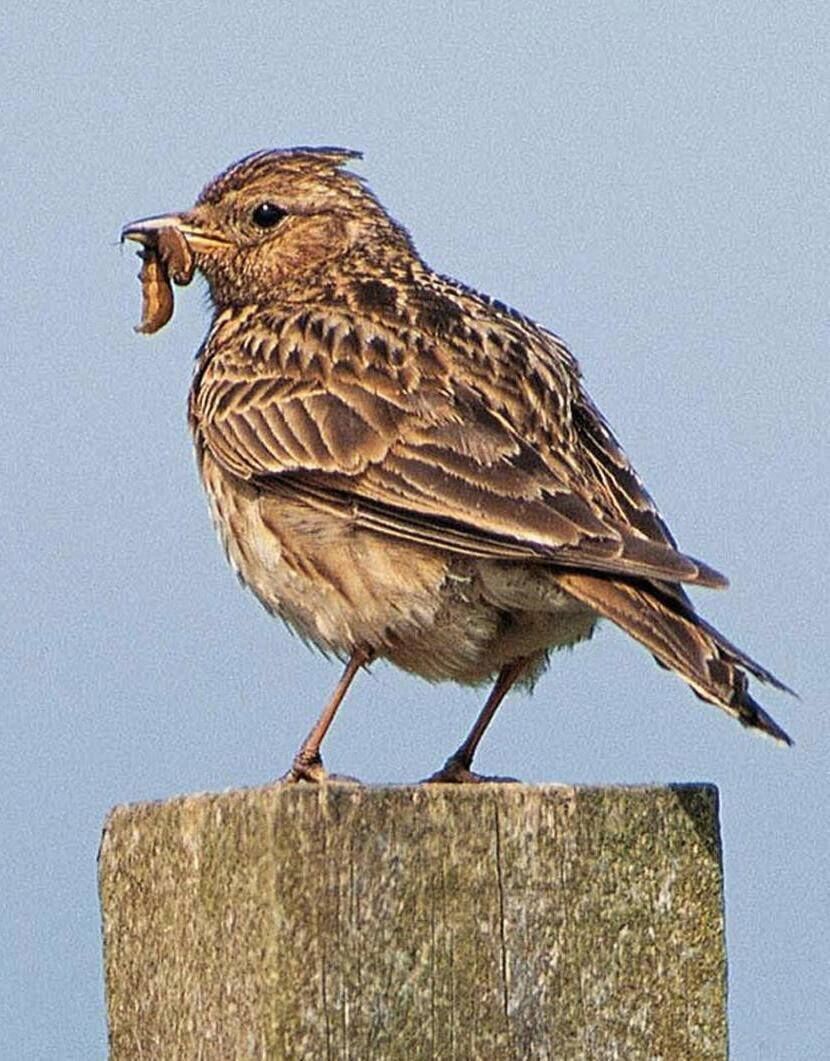
In lightly grazed open heath and blanket bog in the uplands where, a diversity of plant life supports rich invertebrate populations, there are grubs, beetles and spiders to help keep both adults and nestlings well nourished. It is during the nesting season that skylarks need protein that invertebrate life provides. By late summer and through the winter months, they feed on grass seeds and grain from cereal crops, which is why skylarks are associated with arable farming. The association with extensively managed grassland and upland habitats in particular is a trait that is unique to Irish skylarks, whereas in Britain and in continental Europe, skylarks have a greater tendency to feed and nest in among cereal crops.
Skylarks are a ground-nesting bird; they have never nested in trees or bushes. By now each pair will have selected a spot to lay their eggs among grassy hummocks or tufts of sedges. They don’t like trees or bushes anywhere too near their nests, from where crows, foxes, or other predators can too easily take them unawares.
But the predatory threats are only a problem because populations skylarks and other ground-nesting birds are already struggling among rapidly changing countryside.
Since the 1980s, the majority of Ireland's species-rich grassland habitats have succumbed to changing land use. Vast swathes of species rich, semi-natural grasslands in the uplands have been planted with marching rows of sitka spruce. Peaty upland pastures are increasingly burnt in spring, scorching skylarks breeding habitat. Species-rich semi-natural coastal grasslands, once rich in wild herbs and invertebrate life, have in many places been reseeded with more productive monocultures of fast-growing grasses.
Whole townlands once filled with nature-friendly farmland have been converted into monocultures of ryegrass for intensive dairy, and as fields are ever more intensively managed, farmland across much of the country has become increasingly inhospitable to skylarks. Tall grasses boosted by fertilisers are not suitable for skylarks, the lack of diverse flora in many fields now and the consequent sparsity of invertebrates mean that skylarks attempting to nest are unlikely to be able to find enough food to rear a brood.
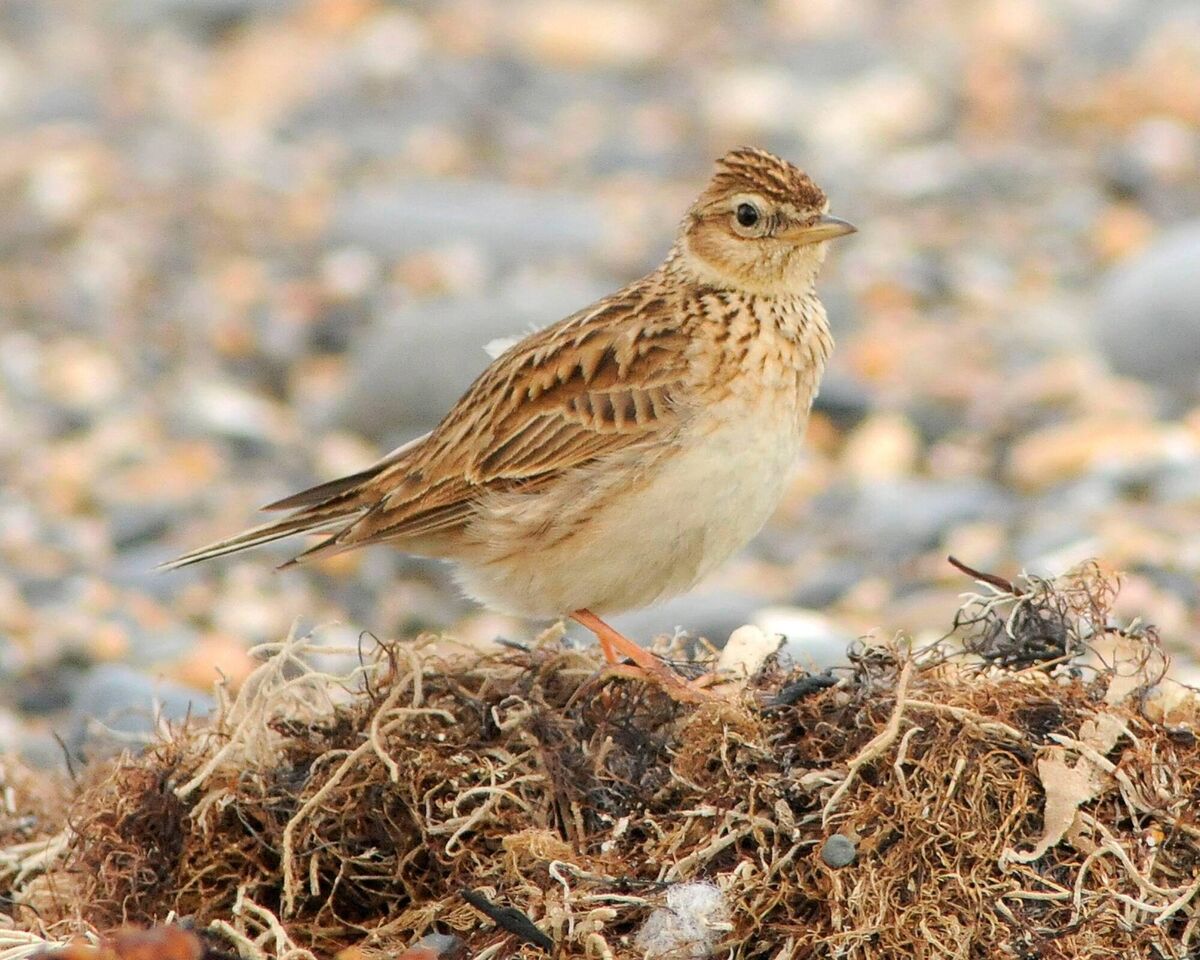
Herbicides and pesticides further diminish the diversity that sustains skylarks and their wild peers. The decline in mixed farming, where many farms had cereal plots, is also thought to have contributed to the decline of skylarks here.
As a result of such rapidly changing land use, the once harmonious relationship between skylarks and marginal farming is now gone across much of the country. There are now 30% fewer skylarks in Ireland than there were in the 1970s.
But there are ongoing efforts to repair the relationship. Continued losses are not inevitable. As more and more people are waking up to the multiple ways in which overly extractive and intensive agriculture are pushing too many wild species toward the precipice of extinction, some farmers and landowners are deciding to do things differently.
Many are beginning to seek a better balance between nature and food production, in which reciprocity is respected, and the wellbeing of the farmers and the wild species who have been at home among the farmed landscapes of Ireland for thousands of years are both considered core to a more holistic form of prosperity.
- To find out more about the skylark’s incredible singing abilities and their starring role in Irish folklore and song, listen back to a feature documentary all about the Skylark, part of the award-winning radio documentary series produced by Anja Murray. Along with musician Brían Mac Gloinn and an array of musicians and interviewees, the documentary explores the Skylarks’ fame in poetry with poet Martin Dyar; the fascinating science of birdsong with John Quinn, Professor of behavioural ecology in UCC, and discuss the role of skylark in traditional songs and folklore with professor Ríonach Uí Ógáin, former director of the National Folklore Collection.





